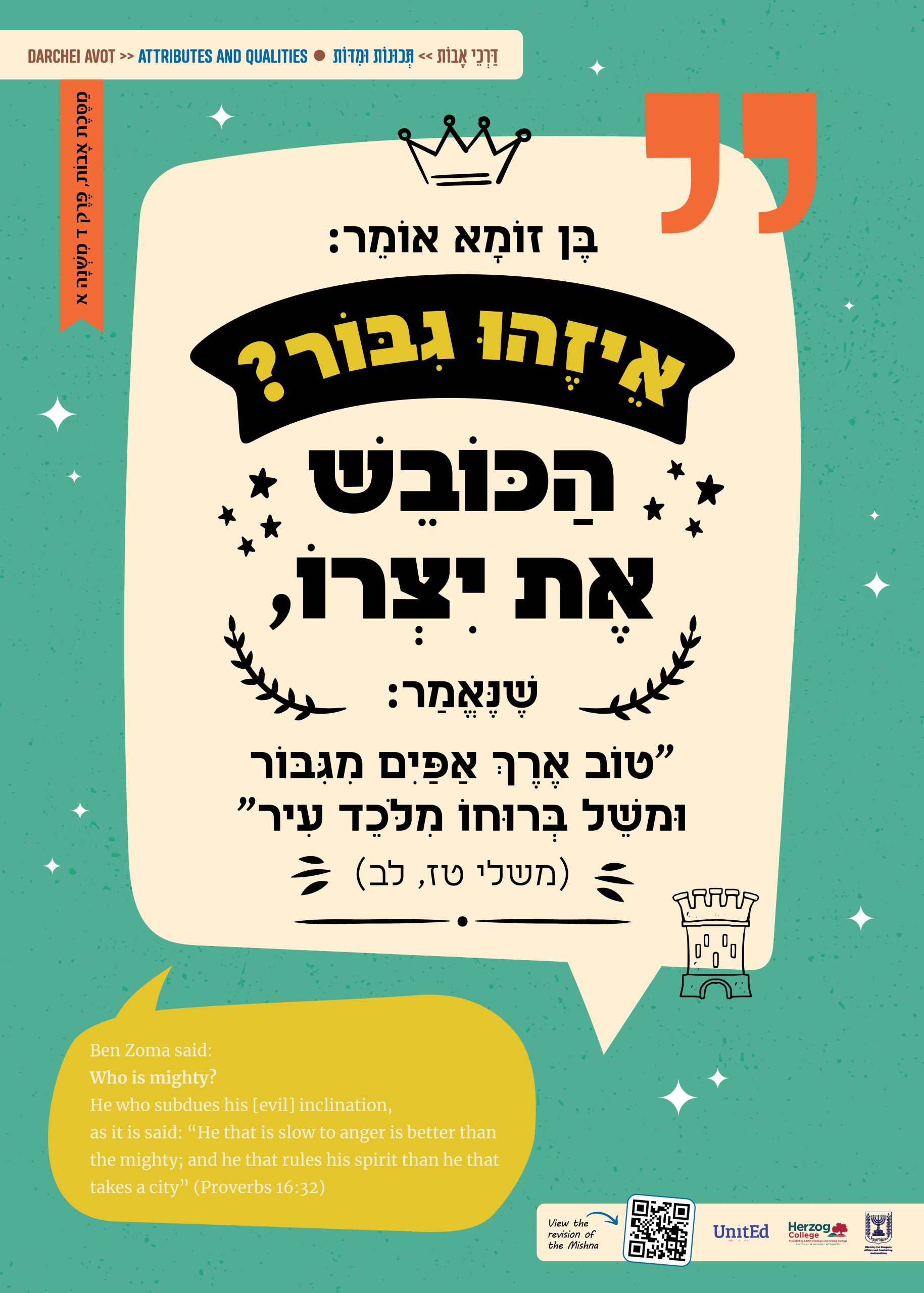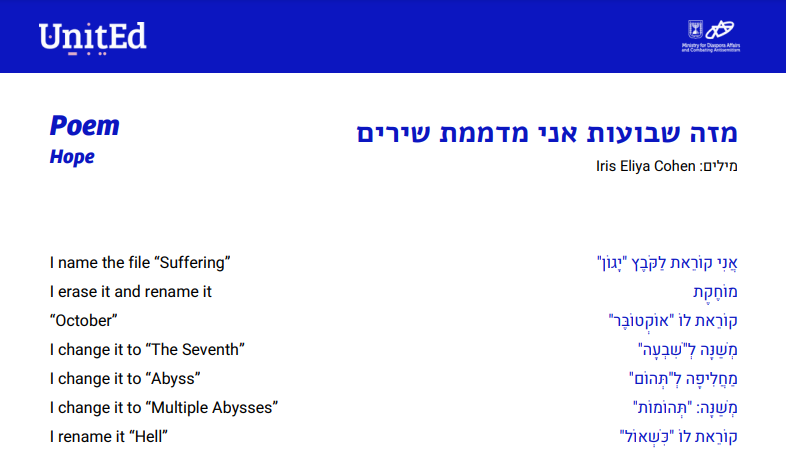Abstract
As a result of thousands of years of exile all across the globe, different Jewish practices evolved based on the region in which the Jews lived. The largest of these communities are categorized as Ashkenazic and Sephardic. In a strange coincidence, two Rabbis, one Ashkenazic and one Sephardic, had the same idea in the late 1500’s: to create a practical guide to Jewish law that would be accessible to even a simple Jew. Which Rabbi published his book first? Did the second Rabbi abandon his plan to distribute his book or simply accept the authority of his fellow Rabbi? In this lesson, students will learn the answers to these questions and more. Thought provoking discussion prompts such as how to prioritize unity vs. diversity with regard to Jewish practices and creative learning experiences are featured in this resource.
Lesson Attachments
The learner will:
-
understand the importance and value of both uniformity and diversity in Jewish practice
-
know how and why the Shulchan Aruch and the Ramah’s commentary were compiled
-
be able to brainstorm and write a list of ideas for how to strike a healthy balance between uniformity and diversity of Jewish practice in contemporary times
Unpacked for Educators materials include:
-
An educator’s guide that contains many rich components. These are organized under the following titles:
-
review (questions that relate to the video)
-
discussion
-
activities
-
reflection
-
further learning
-
A video designed to spark interest in the topic.
A lesson plan (link in the attachment above) that incorporates additional building blocks for the construction of an engaging and interactive lesson.
Student handouts, computer, projector
The website link includes a “further learning” section in the educator’s guide.


.jpg)


